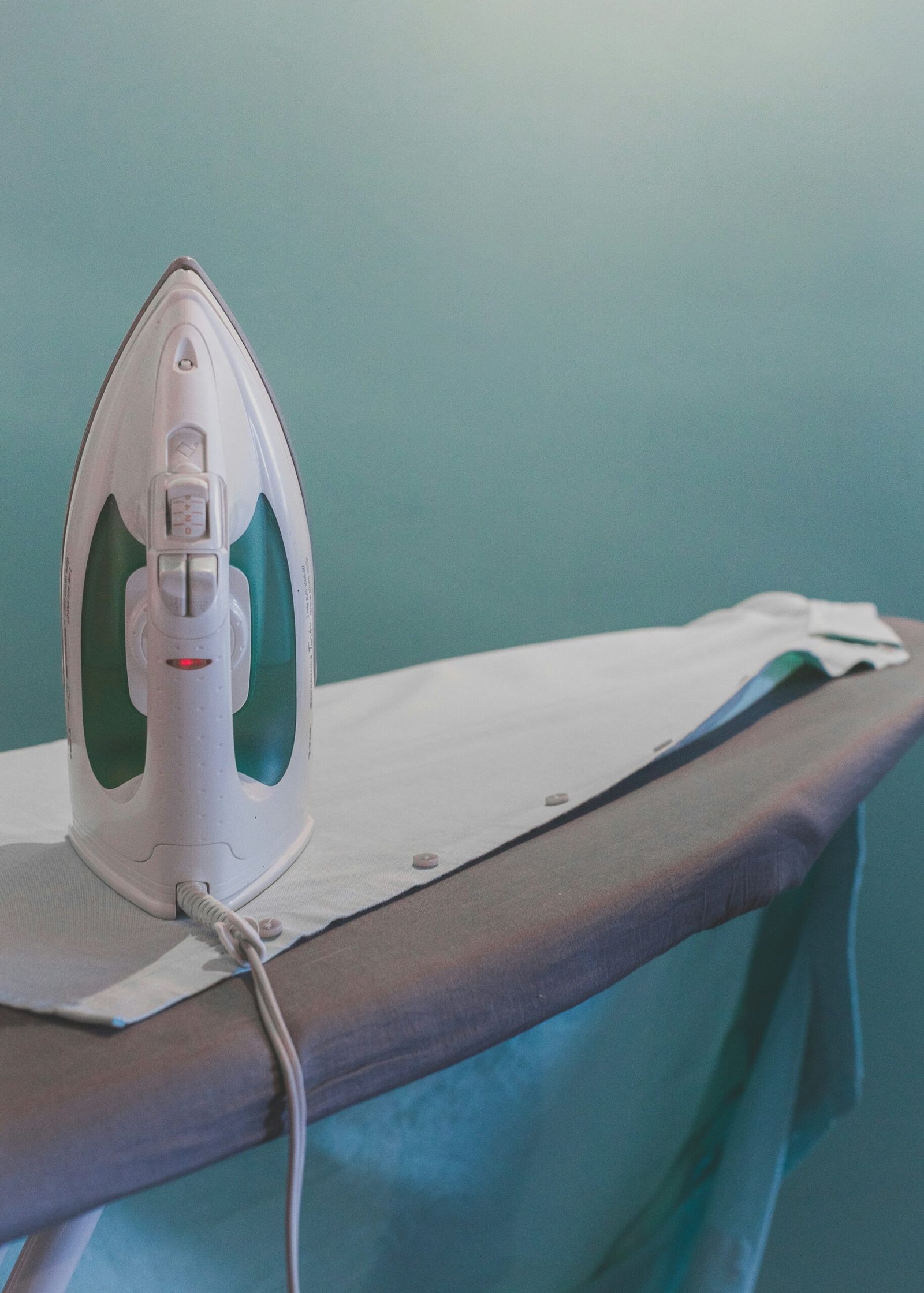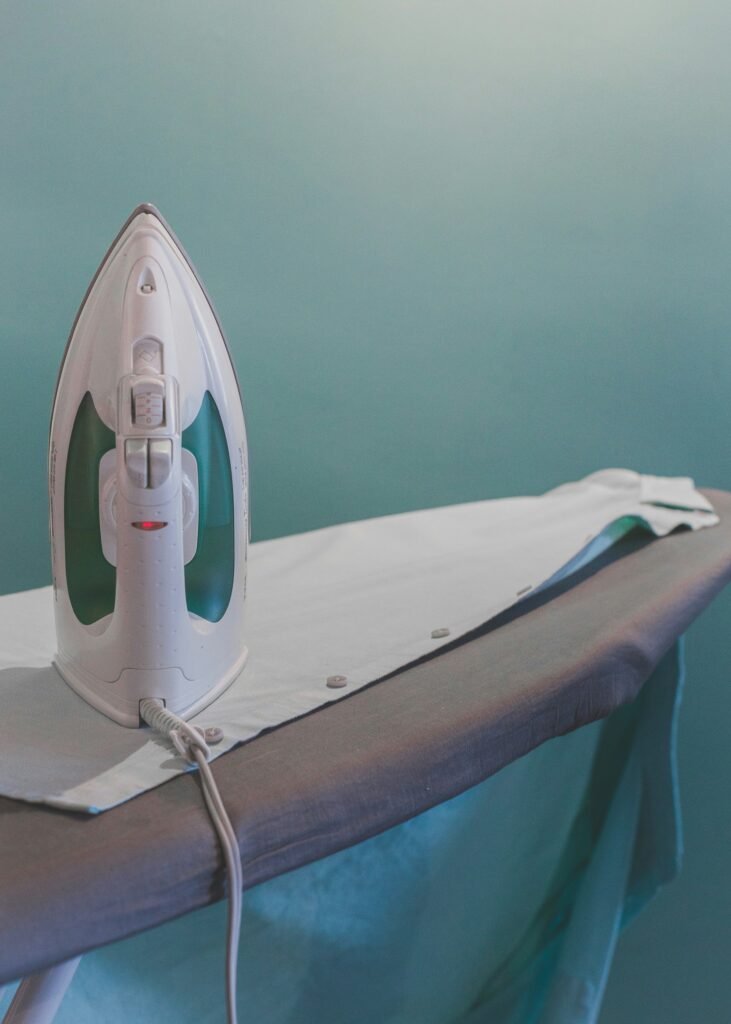
Embarking on a journey to ensure the air you breathe while conquering the roads in your Freightliner Cascadia is as clean as can be? Your comfort and health are paramount, especially when spending extensive hours behind the wheel. Understanding how to properly maintain and clean the air conditioning vents is key. This article will provide you with a step-by-step guide that unlocks the secrets to effectively freshening up your cabin’s air by tackling those often overlooked AC vents. By following these simple tips and tricks, you’ll be breathing easier and enjoying a fresher environment as you clock those miles.
Understanding the Importance of Clean AC Vents
Benefits of Clean Air Vents
You might not immediately notice the air vents in your vehicle, but they play a crucial role in maintaining a comfortable and healthy environment inside your truck. Clean air vents ensure efficient airflow, which results in a more effective heating and cooling system. This can mean quicker cooling on hot days and more efficient heating during cold ones. Moreover, clean vents can help reduce allergens and irritants in the air, leading to better respiratory health, especially important for someone who spends a significant amount of time on the road like you do.
Possible Consequences of Neglected Vents
If you let your truck’s air vents fall into disrepair, you could face a host of unfortunate outcomes. Dust and debris can build up, diminishing the performance of your AC system and possibly leading to costly repairs. More serious is the possibility of mold and bacteria growth within the ducts, which not only produces unpleasant odors but also poses serious health risks through the air you breathe.
The Impact on Driver Comfort and Health
Your comfort and health as a driver are paramount. Neglecting air vent maintenance can lead to discomfort due to poor air quality, exacerbated allergies, and even illness. Conversely, regularly cleaning your AC vents can eliminate these unnecessary risks, ensuring you stay focused, healthy, and comfortable on your long-haul routes.
Safety and Preparation
Gathering the Necessary Tools and Materials
Before you start cleaning your air conditioning vents, it’s important to get all the necessary tools and materials ready. You’ll need a selection of cleaning agents designed for automotive use that won’t damage your truck’s interior, soft brushes, cloths, compressed air, a vacuum with a hose attachment, and possibly screwdrivers to remove vent covers. Also, don’t forget a new cabin air filter if yours needs replacing.
Ensuring the Truck is Parked and Secure
It’s essential that your Freightliner Cascadia is parked in a safe location and is secure before you start working on it. Apply the parking brake and ensure the truck won’t move while you’re cleaning. This safety step also provides a stable environment to work in.
Disconnecting the Battery Before Starting
To ensure your safety and avoid any electrical mishaps, always disconnect the battery before you begin the cleaning process. This will prevent the air conditioning system from activating while you have the vent covers removed and protect the electronic components of your truck.

Initial Inspection and Assessment
Examining the Vents for Visible Dirt and Blockages
Start by carefully examining the air vents for any visible signs of dirt, dust, or blockages. This will give you an idea of how extensive your cleaning needs to be. Even if the dirt isn’t immediately obvious, it’s still a good idea to clean the vents periodically, as contaminants can accumulate in places you can’t easily see.
Identifying the Need for Filter Replacement
During your inspection, also check the condition of your cabin air filter. If the filter is visibly dirty or if it has been a while since it was last replaced, you should plan on fitting a new one. A clean filter is crucial for maintaining good air quality in the cabin.
Determining the Complexity of Cleaning Required
Based on your initial inspection, decide on the complexity of the cleaning job. If there’s just surface-level dust, a simple wipe-down might suffice. However, if you’ve discovered substantial buildup or mold, a deeper cleaning involving removal of vent covers and possibly professional help may be necessary.
Interior Access and Vent Removal
Gaining Access to the Interior Vents
To thoroughly clean the vents, you’ll need to gain access to them, which may involve removing dash panels or covers. Proceed with caution to avoid damaging any interior components and consult your Freightliner’s manual if you’re unsure about any of the steps.
Steps for Safely Removing Air Vent Covers
Removing the vent covers usually requires gentle prying with a suitable tool, like a flathead screwdriver wrapped in a soft cloth to avoid scratching. Be patient and work the cover off slowly to avoid breaking any fastening clips.
Handling and Storing Vent Covers During Cleaning
Once removed, handle the vent covers with care and store them in a safe place where they won’t get stepped on or lost. Make sure they’re kept in a clean area to avoid reintroducing dirt after cleaning.

Cleaning the Vent Covers
Choosing the Right Cleaning Agents
Pick cleaning agents that are suitable for automotive interiors and won’t damage the vent covers. Always read the labels and test on a small, inconspicuous area first.
Using Soft Brushes and Cloths to Avoid Damage
Gentle is the name of the game when cleaning the vent covers. Use soft brushes to dust off loose particles, and soft cloths to wipe them down without scratching the surface.
Allowing Vent Covers to Dry Completely
After cleaning, ensure the vent covers are completely dry before you reinstall them. Any residual moisture could lead to mold growth, which would defeat the purpose of cleaning them in the first place.
Deep Cleaning the Ducts
Deploying Brushes and Compressed Air for Internal Dust Removal
With the vent covers off, you can now use brushes and compressed air to dislodge and remove the dust and dirt from within the ducts. Be careful not to push the dirt further into the system.
Using a Vacuum with a Hose Attachment for Deeper Cleaning
A vacuum with a hose attachment can be very effective in sucking out the loosened debris from the ducts. Make sure you reach as far as possible to ensure a thorough cleaning.
Applying Anti-Bacterial Solutions for Sanitization
For a deeper clean, especially if you suspect there might be mold growth, you can apply an anti-bacterial solution specifically designed for AC systems. This will help sanitize the ducts and freshen up the air within your truck.

Filter Inspection and Replacement
Locating the Cabin Air Filter
Find the location of your cabin air filter, which is usually behind the glove box or under the hood in most trucks. Your Freightliner’s manual will show you the exact location.
Assessing the Condition of the Existing Filter
Examine the filter and decide whether it needs to be replaced. A clogged or dirty filter can significantly impair air quality and AC system efficiency.
Installing a New Cabin Air Filter When Necessary
If a new filter is needed, make sure you have the correct replacement and install it according to the manufacturer’s instructions. This simple act can make a significant difference in the quality of air inside your truck.
Reassembling the Vents
Securing the Cleaned Vent Covers Back in Place
After everything is clean and dry, reattach the vent covers. Make sure they snap back securely into place, and that you haven’t left any tools or cleaning materials inside the ducts.
Ensuring Seals and Screws are Properly Fastened
Check that all seals and screws are properly fastened to prevent rattling or leaks in the system. A loose vent cover can be annoying and may disrupt the airflow.
Double-Checking for Unhindered Airflow
Before considering the job complete, double-check to ensure that the vent covers are not obstructing the airflow in any way. Everything should fit perfectly, the same way it did before you began the cleaning process.
Testing the Air Conditioning System
Reconnecting the Battery and Powering Up the Truck
With the vents reassembled, reconnect your battery and start up the truck. This is the moment to check that the electrical components are functioning correctly after being disconnected.
Running the AC System to Verify Effective Cleaning
Turn on the air conditioning system and assess whether the air flow has improved and if there are any unusual odors that need addressing. Clean vents should result in a fresh-smelling cabin and efficient operation.
Listening for Unusual Noises and Assessing Air Flow
As the AC system runs, listen for any unusual noises which could indicate a blockage or problem with the fans. Make sure the airflow feels strong and consistent from all vents.
Leveraging Technology for Maintenance Reminders
Utilizing Apps and Onboard Systems for Maintenance Tracking
Maintaining clean vents is something that needs to be done regularly. You can use apps or your truck’s onboard system to track maintenance activities and set reminders for your next vent cleaning session.
Setting Reminders for Regular Vent Cleaning and Inspection
Don’t rely solely on your memory – set those reminders! Timing can vary, but a good rule of thumb is to inspect your vents every time you change your engine oil.
The Role of Telematics in Fleet Maintenance
If you’re managing a fleet, telematics can play a crucial role in truck maintenance. These systems can track and alert you to regular cleaning and replacement needs, ensuring a fleet of trucks with fresh air and happy drivers.
Clean air conditioning vents are the kind of detail that can easily be overlooked, but they’re crucial to your comfort and health on the road. Take the time to clean them properly, and you’ll enjoy the benefits of a pleasant and healthy cabin environment mile after mile.